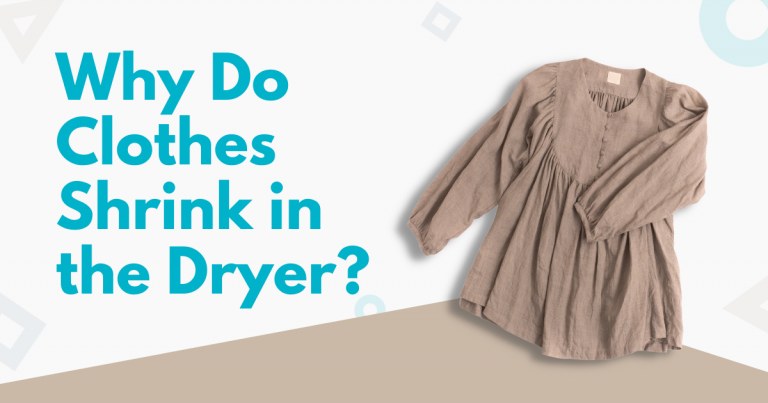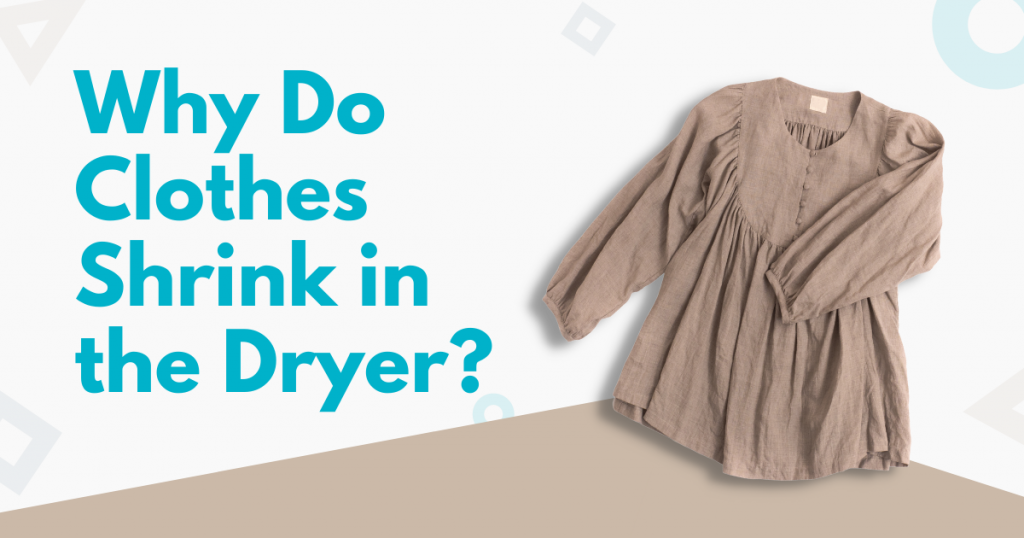
Sometimes, clothes shrink when tossed in the dryer. It’s easy to blame the machine for the current extra snug fit of your favorite sweater. However, clothes shrink due to other factors too. The laundry cycle and clothing material may contribute to an unpleasant fit after washing and drying.
To prevent clothes from shrinking, you need to understand the factors that cause shrinkage. Read on if you want to learn how you can avoid shrinking clothes in the dryer.
What Causes Clothes to Shrink in the Dryer
Clothes shrink due to a variety of factors. However, it boils down to the fibers used in your clothes and the dryer settings you are using. If you want to avoid shrinking clothes, it’s best to refer to your clothes’ care label before washing or drying them. Here are some reasons why clothes shrink in the dryer:
Fabric Type
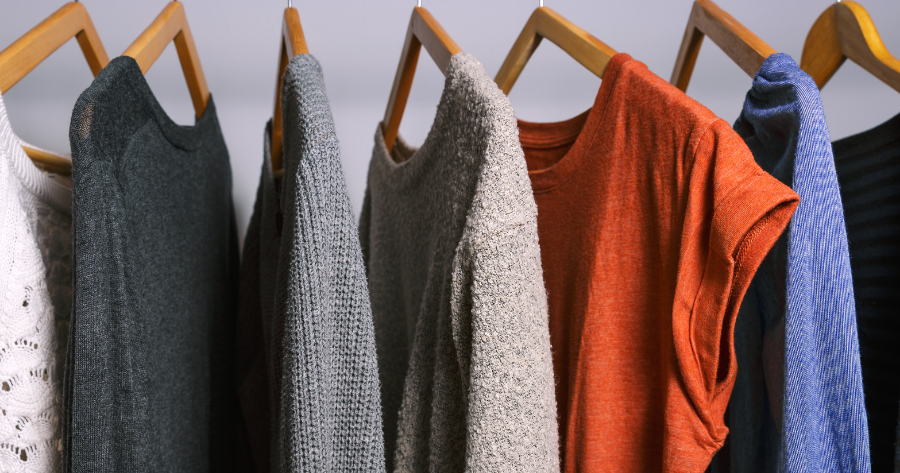
Fiber type is one of the causes why your favorite sweater may not fit after drying. Natural fibers are those that are from plants, animals, or mineral sources. Wool and cotton are examples of this fabric type that experience felting shrinkage. Felting shrinkage happens when wool fibers come in contact with water. Wool fibers are covered in microscopic scales. These scales mesh together when wet and can cause your favorite shirt to shrink after drying.
On the other hand, synthetic fibers are petroleum-based and use man-made polymers. Each strand of this fiber type is made straight upon manufacture. Thus, they are ready to be used as fabric for clothes after production. Since the shape is set, they don’t lose their shape often. It is why they don’t shrink much when exposed to heat and agitation in the washing machine or dryer.
Production also plays a role when it comes to clothes shrinkage. Special finishes and techniques are used in high-quality clothing to prevent clothes from shrinking.
Excess Moisture
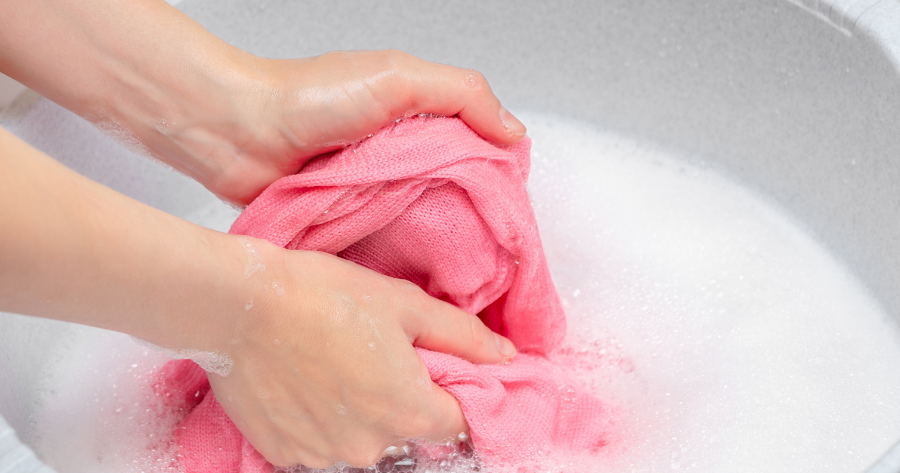
Natural fibers such as linen, cotton, and silk are prone to relaxation shrinkage. During production, these fibers are pulled and straightened from their original shape. When these absorbent fibers swell and relax when they are wet, they return to their pre-production look. Thus the term relaxation shrinkage. Delicate clothes made from these materials need extra care and attention during the wash.
Dryer Settings
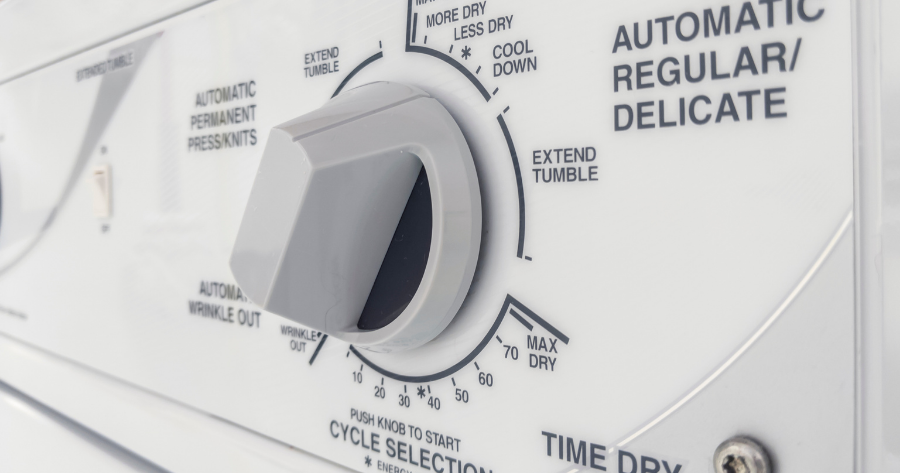
Clothes shrink in the dryer because of the heat and agitation they go through. Different materials react differently to heat. But most fabrics shrink when exposed to high temperatures during the washing or drying cycle.
Forgetting to wash your favorite shirt in cold water can lead to clothes shrinking. Clothes with natural fabric may shrink when washed and dried in high heat. Thus, it’s best to launder these types of clothing with lukewarm water or cold water. The air dry or lowest heat setting also works best if you are to dry your wool sweater in the dryer.
Aside from heat, clothes tumble vigorously during the drying cycle. The combination of agitation and hot water causes consolidation shrinkage. During consolidation shrinkage, the tightly woven fibers release tension. Thus, they return to their smaller and shorter shape.
What Fabric Materials Shrink in the Dryer
As a general guide, natural fabrics likely experience shrinking in the dryer. Clothes made of synthetic fibers don’t change their original dimension when exposed to heat. However, cotton-blended clothing may also shrink after washing or drying.
Aside from the material itself, the production also affects how clothes react to heat and agitation in the dryer. Always check the care label. When clothes labels say that the fabric has been pre-shrunk, it won’t shrink after the dry cycle. Don’t wash clothes in the washing machine if the manufacturer says dry clean only. Here’s a list of fabrics that shrink and don’t shrink during the drying cycle:
| Clothes That Shrink In The Dryer | Clothes That Don’t Shrink In The Dryer | Clothes That May Shrink In The Dryer |
|---|---|---|
| Wool | Polyester | Cotton blend or other types blended with natural fibers |
| Cotton | Nylon | |
| Rayon | Spandex | |
| Linen | ||
| Silk |
How To Prevent Clothes From Shrinking In The Dryer
- Use the air-dry or lowest heat setting possible to avoid shrinking clothes. The low heat is more forgiving, especially for delicate fabrics.
- Air-drying your wool or cotton clothes is the best option if you have an indoor clothesline.
- Always read and follow your clothes’ care instructions before you do the laundry. Don’t get into the trouble of washing an item that requires dry cleaning.
- Use cold water when washing items that are prone to shrinkage.
- Use delicate cycles or the tumble-dry setting when doing the laundry for shrink-prone items.
- Buy pre-shrunk clothes, so you don’t have to worry about shrinkage.
How to Unshrink Clothes
All hope’s not lost even when you accidentally shrunk your favorite sweater in the dryer. Here’s a fool-proof way to unshrink your clothes:
- Fill the sink with lukewarm water and add a cap of baby shampoo or laundry detergent made for delicate cycles.
- Soak the shrunk clothing in soapy water for 30 minutes. Doing so will help loosen the fibers again.
- Gently squeeze off the excess water from the fabric without rinsing it.
- Lay a clean towel on a flat surface. Place the garment on top of the towel and gently roll them up together. Squeeze them together until the cloth is no longer dripping wet.
- Lay another clean and dry towel on the table. Place the damp clothing on top of the towel. Stretch the fabric gently to bring it back to its original dimensions.
- Allow the garment to air dry in a clothesline.
In Conclusion
Even an experienced person may accidentally shrink a piece of clothing every once in a while. If you want to prevent clothes from shrinking, it’s best to understand their materials first. As a general rule of thumb, synthetic fabrics can do well even with the heat. Meanwhile, natural fabrics tend to shrink in size. Don’t forget to bookmark this page if this article helped you up your laundry game!
Want to share this?

